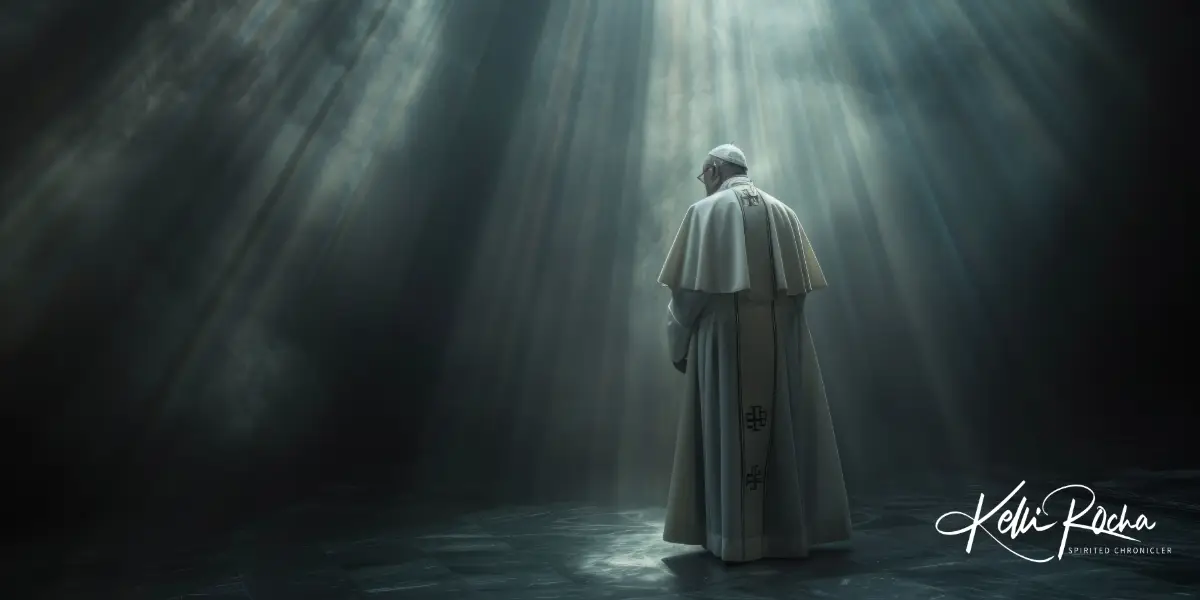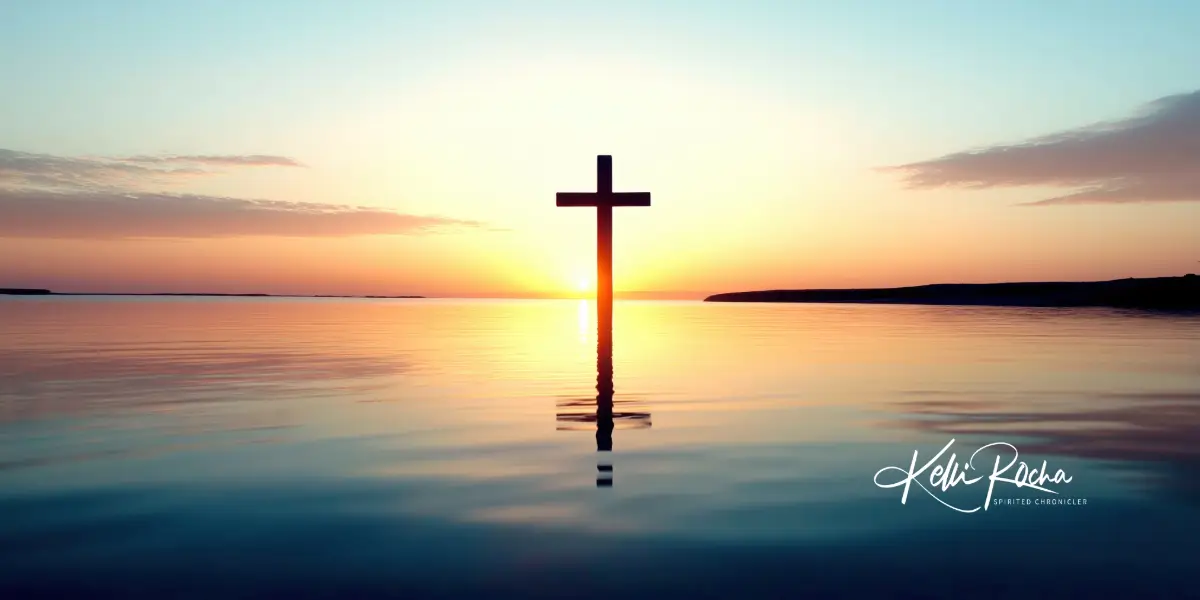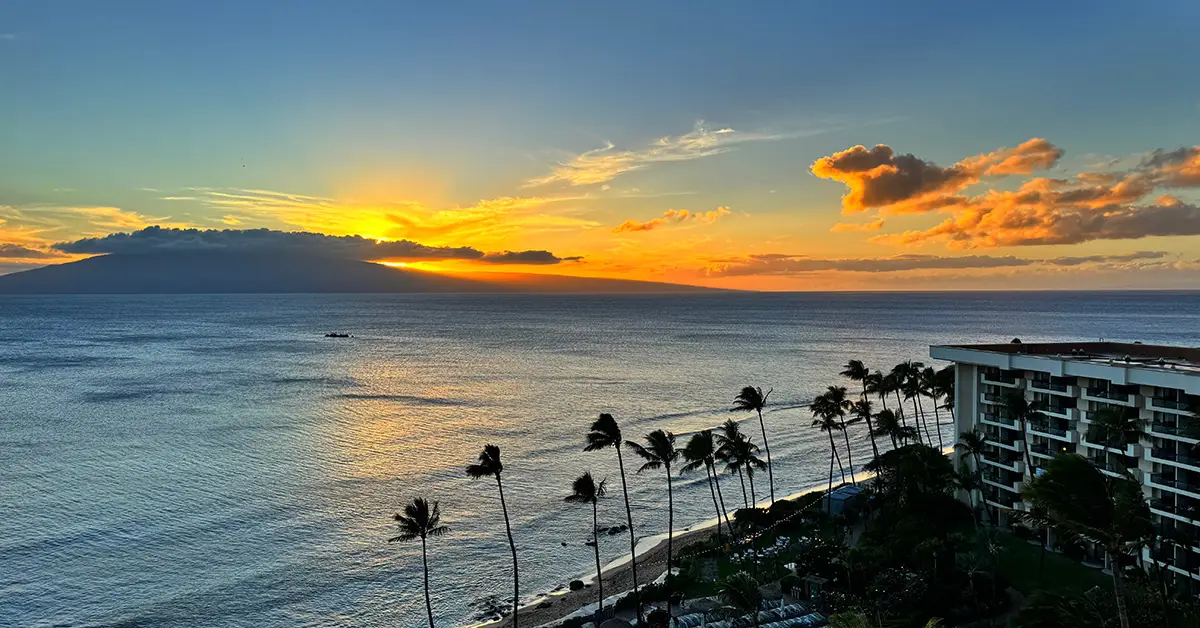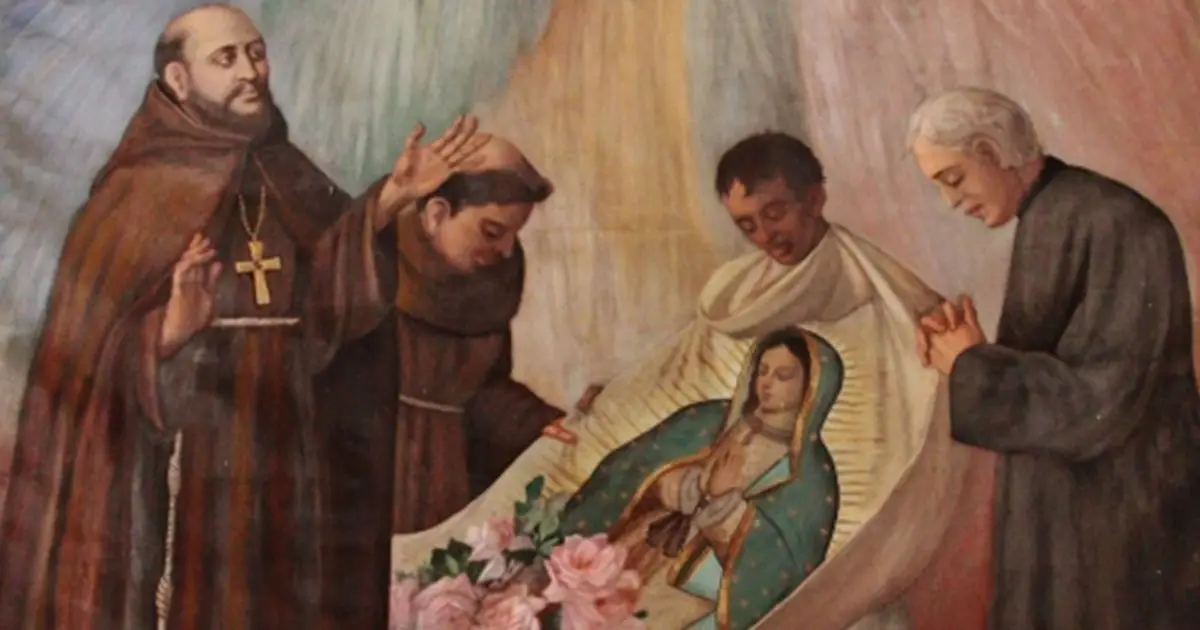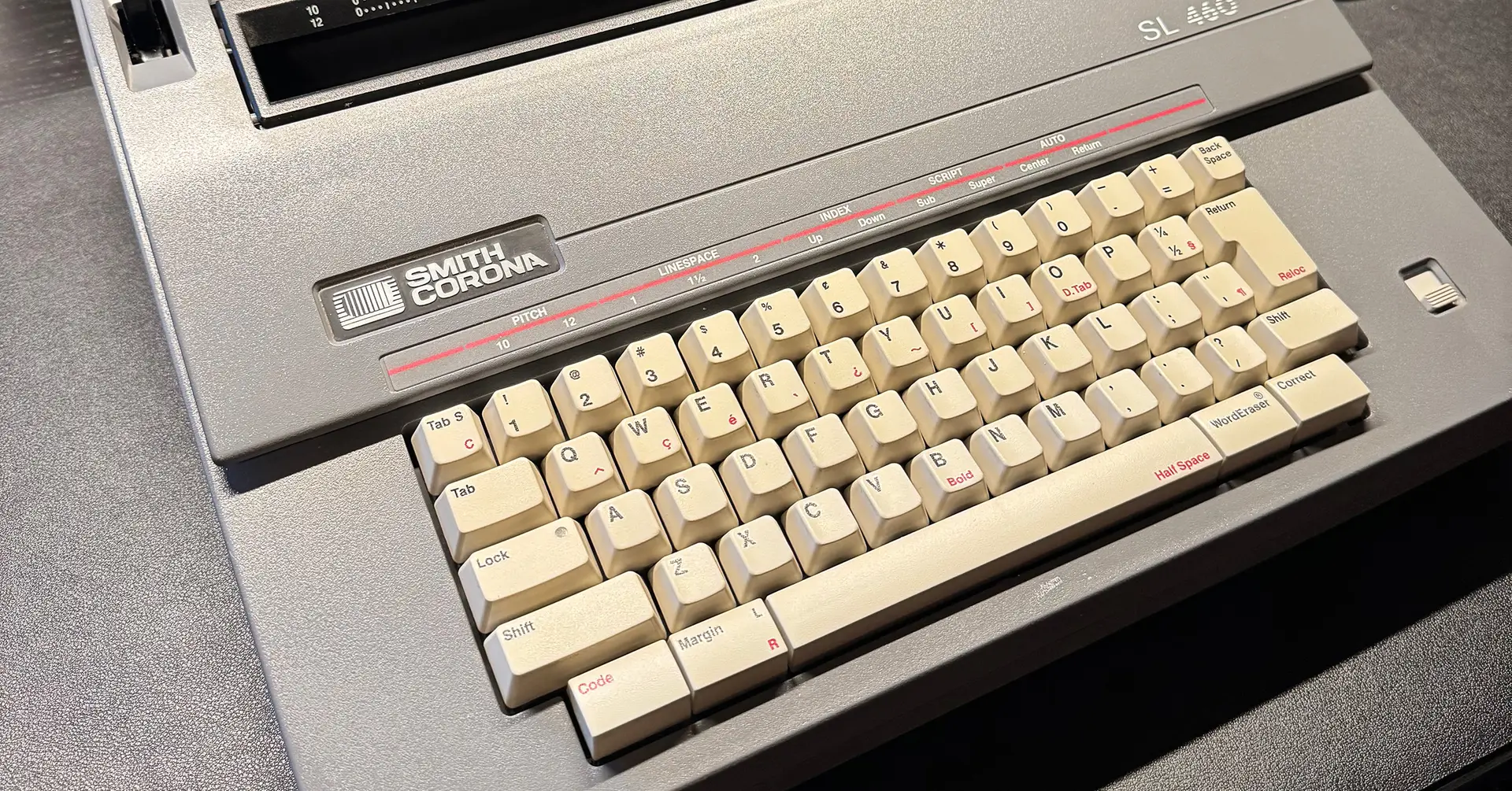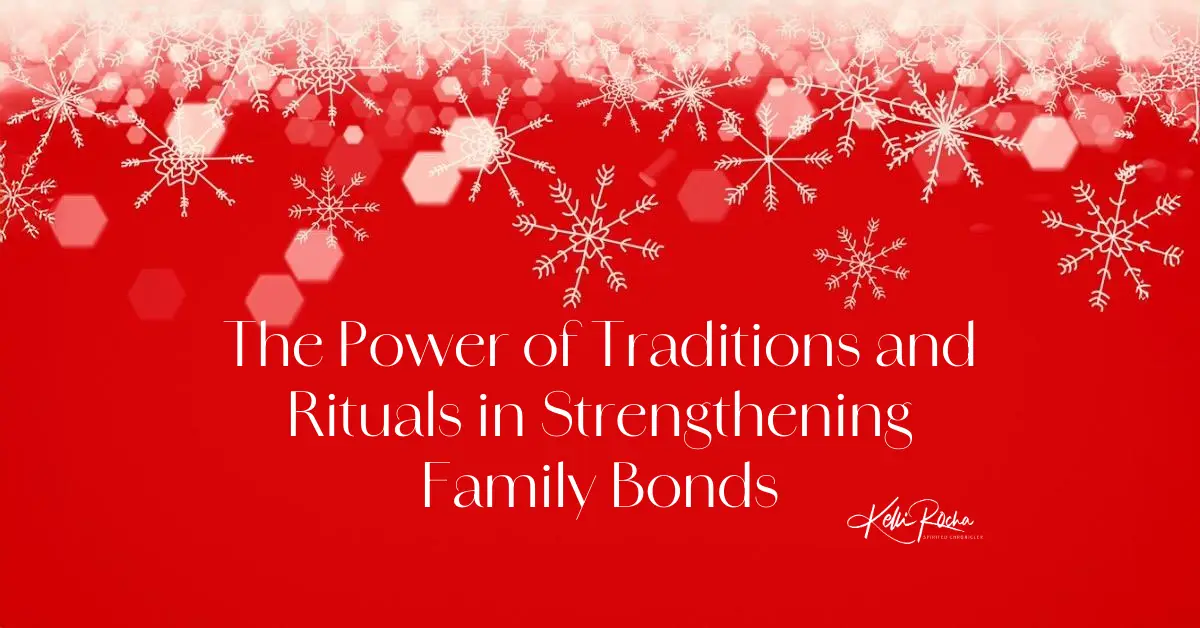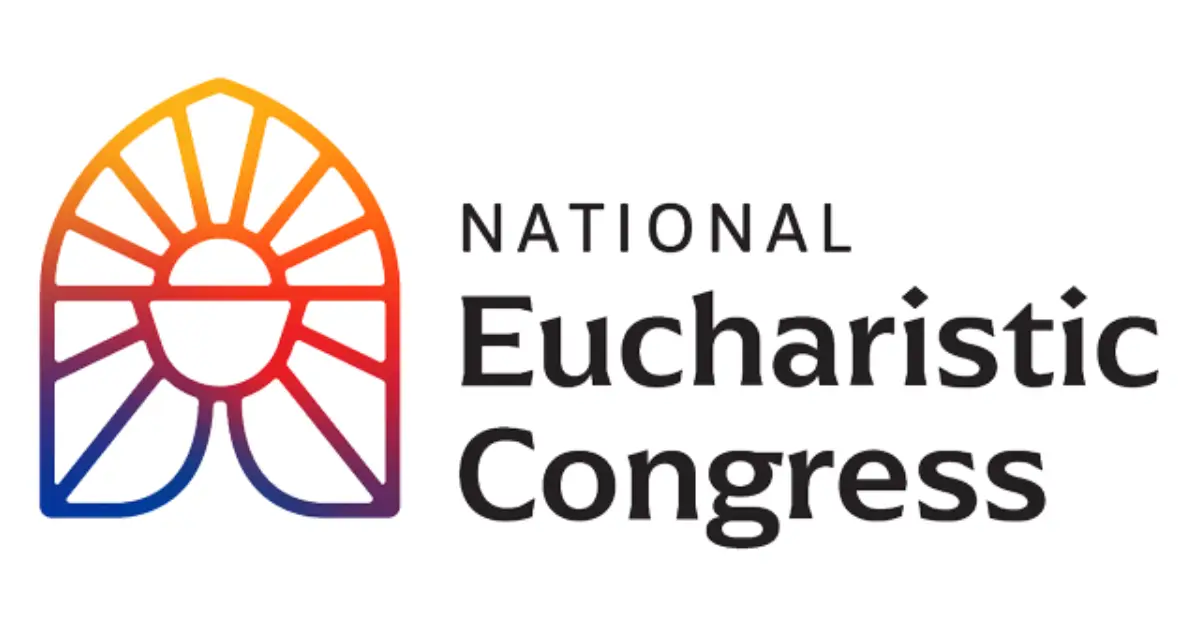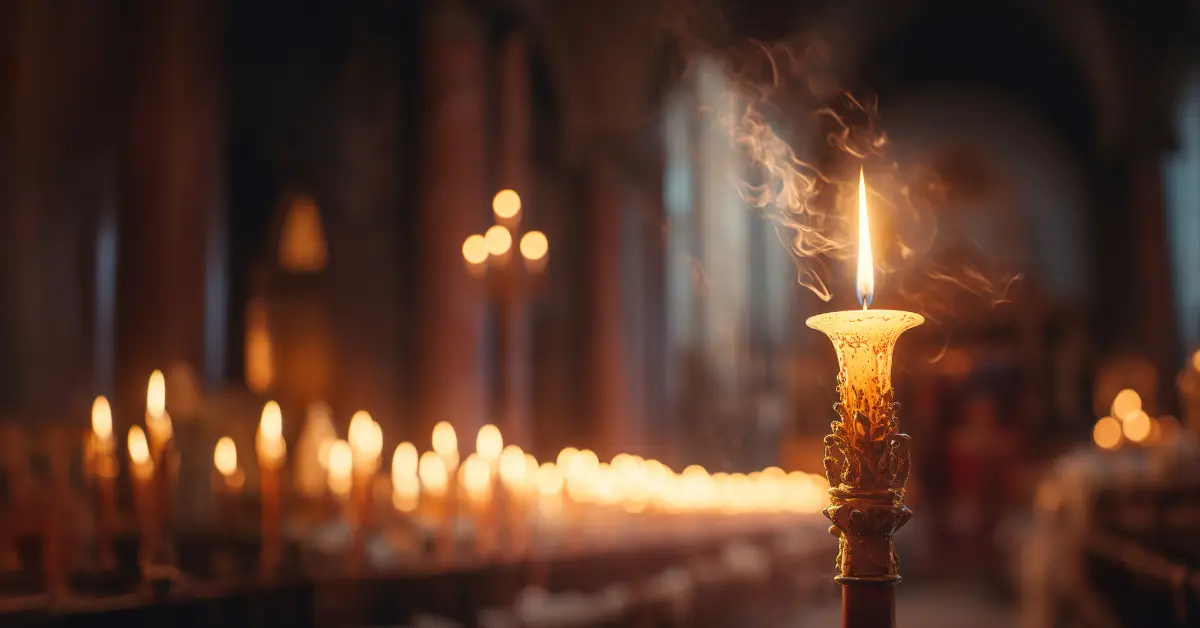While working with the Rite of Christian Initiation of Adults at St. Stanislaus, I was responsible for presenting a commentary each week. In 2020, I compiled all those essays and published them in The Commentary Project.
The commentary for Palm Sunday was always a favorite. In honor of Holy Week, I am sharing it again here.
May you have a blessed Holy Week and a Happy Easter Season.
Palm Sunday of the Lord’s Passion
At the Procession with Palms – Gospel: Luke 19:28-40
1st Reading: Isaiah 50: 4-7
Responsorial Psalm: Psalm 22: 8-9, 17-18, 19-20, 23-24
2nd Reading: Philippians 2: 6-11
Gospel: Luke 22: 14-23:56
This reading is unique among the gospel stories we hear at Mass. Unlike the rest of the gospel, the Passion narrative was told and was recorded in the complete form. The Church continues this tradition by reading the entire account and not breaking it up into smaller pieces.
Luke’s goal was to continue to portray the life and ministry of Jesus as he had with the earlier stories, a Cliffs Notes version.
Jesus was the one who healed. (Healing the ear of the High Priest’s servant… and He even healed the relationship between Pilate and Herod.)
Jesus showed more concern for others than for Himself. (Remember His concern for the disciples and the weeping women.)
Jesus offered divine love, reconciliation, and forgiveness … even from the cross.
Jesus is still eating with sinners. His disciples are weak, fighting and unfaithful. And yet, He eagerly desired to share this meal with them before the suffering began. Remember, at this time in the Mediterranean world, the highest compliment you could bestow on a friend was to share a meal with them. The worst thing would be to betray them. Both occurred in this setting.
The timing of this story is critical. The Feast of the Passover commemorated the Jews’ liberation from slavery. Jesus and the events of this particular Passover became the “New Covenant,” releasing all men from bondage to freedom.
We enter the week with our eyes on Jesus, A King. Palms were used as a symbol of victory and power since the 2nd century before Christ. This was the scene for a procession of a King to his coronation. In this case, it was a crown of thorns and a throne of a cross. The way to this kingdom is the way of the cross.
Jesus seems in complete control. He even knows how the owners of the ass will behave when the disciples untie the animal. The most important message to understand is that this is what Jesus came to do.
“Peace in Heaven and Glory in the Highest.” Phrases familiar to us at Christmas time are meaningless without the cross. The Incarnation finds complete fulfillment in the cross of Jesus.
I attended Catholic Masses for several years before choosing to convert. I always admired the lectors and thought, if I ever become active in this faith, I would want to do that, too.” (To be honest, I usually criticized them.) I was thrilled when Passion Sunday would come each year; here was my chance to participate. I was asked to speak out loud and proclaim the gospel myself. But at that time, the words I read had no meaning. I was more concerned with keeping up and not losing my place in the book than letting the words sink in.
“Crucify Him!”
We’ve all stood unconsciously and innocently with those accusers. Mere words. How naive. They were just words from many years ago spoken by others.
I wanted to be a part of the drama. There is such vivid emotion from both the powerful and the lowly. It wasn’t until years later that I realized how much a part of the drama I was by the life I chose to live every day. I have played ALL of the roles in this scene:
I have been Judas… I have been two-faced… sitting with a friend and betraying them when their back is turned.
I have been Peter… I have denied my association with the Lord for fear of the repercussions.
I have been the Chief Priests, the Temple Guards, and the Elders when I have mocked Jesus and ridiculed him by my behavior to those whom I am called to love and serve… or sat in judgment of the actions of an innocent man.
I have been Pilate… doing things I knew were wrong… to keep the peace.
I have been Herod, passing off the responsibility to someone else.
I have been Barabbas, reaping the benefits of an unfortunate situation.
I have been in the crowd… yelling, “Crucify Him!” whether with actual intent to sin or to be part of the crowd.
I have been the Criminal, reviling Christ and denying his very existence with my conscious effort to turn away from all that I know to be right and true.
But it is also important to remember:
I have also been the High Priest’s servant… who has received physical healing.
I have also been Simon… who was unknowingly part of something monumental that would change my perspective and my life forever.
I have also been the Daughters of Jerusalem, who have wept over the horrible treatment of the poor and the oppressed and for the treatment of our Lord on that day and I, too, have been warned.
I have also been the Criminal… the one the Lord promises forgiveness and a place in eternal life.
I have been the Centurion who has witnessed acts of God and glorified Him in recognition.
I have also been Joseph; I have buried friends and loved ones.
I have also been the women, who even in their grief honored and respected the commandment they had been given.
I can even play Jesus when I choose to do the right thing. Which character from The Passion will you choose to portray in your life?
